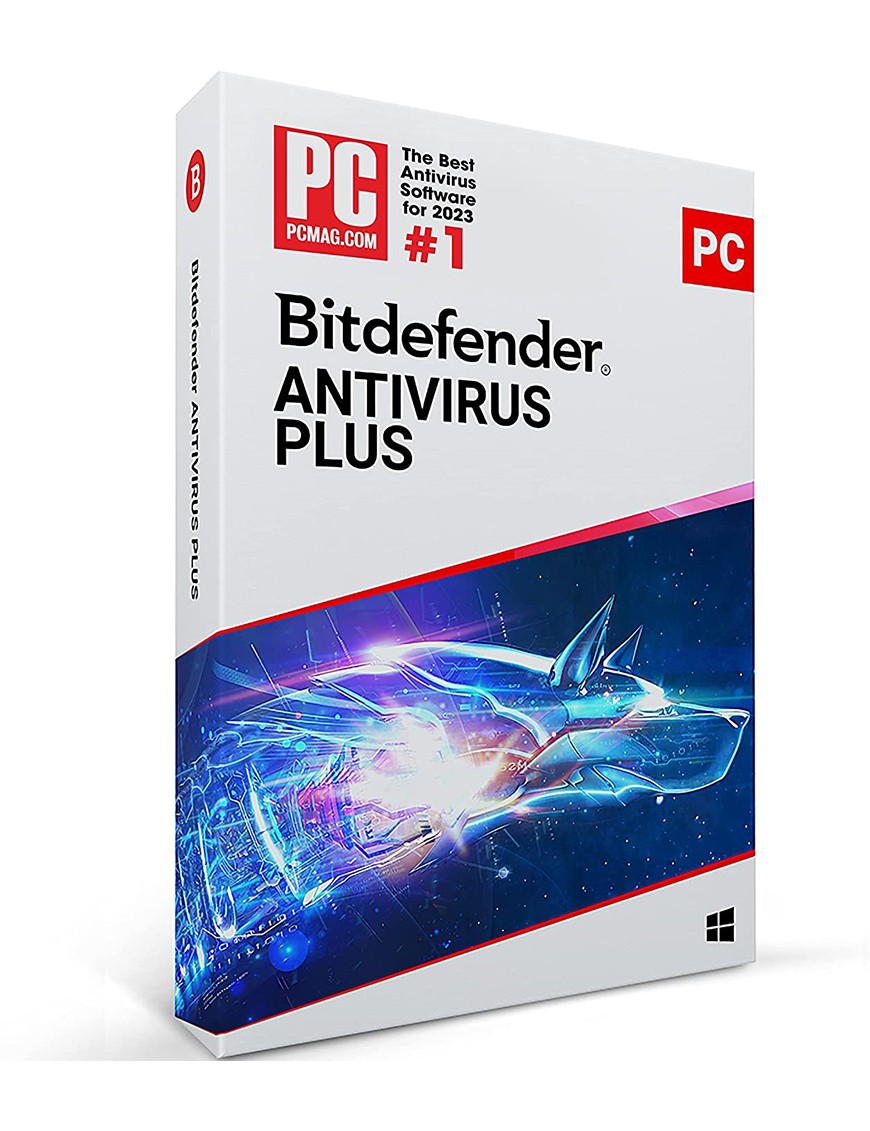
In an age where digital threats loom large, ensuring comprehensive virus protection for your PC is no longer optional—it’s imperative. Viruses, malware, ransomware, and other malicious software can wreak havoc on your system, compromising your data, privacy, and productivity. To preserve your peace of mind and keep your PC safe from harm, it’s essential to implement robust security measures. In this article, we’ll explore practical tips for comprehensive virus protection pc (virenschutz pc) that will empower you to navigate the digital landscape with confidence.
Why Comprehensive Virus Protection Matters
1. Security: Comprehensive virus protection serves as a vital shield against cyber threats, preventing malicious software from infiltrating your PC and compromising your sensitive information.
2. Privacy: Malware often targets personal data, including login credentials, financial information, and private documents. By securing your PC against viruses, you can safeguard your privacy and prevent unauthorized access to your confidential data.
3. Performance: Viruses and malware can significantly degrade your PC’s performance, leading to sluggishness, crashes, and system instability. Robust virus protection helps maintain optimal performance by detecting and removing malicious software before it causes harm.
4. Peace of Mind: With comprehensive virus protection in place, you can enjoy peace of mind knowing that your PC is fortified against digital threats. Whether you’re browsing the web, downloading files, or opening email attachments, you can trust that your system is safeguarded against potential risks.
Tips for Comprehensive PC Virus Protection
1. Install Antivirus Software: Begin by installing reputable antivirus software on your PC. Choose a solution that offers real-time protection, automatic updates, and advanced malware detection capabilities. Some popular antivirus programs include Norton, McAfee, Bitdefender, and Avast.
2. Keep Software Updated: Ensure that your operating system, web browser, and other software applications are up to date with the latest security patches and updates. Regularly check for software updates and enable automatic updates whenever possible to stay protected against known vulnerabilities.
3. Enable Firewall Protection: Activate the built-in firewall on your PC to monitor incoming and outgoing network traffic and block suspicious connections. Firewalls act as an additional layer of defense against unauthorized access and malicious activity.
4. Exercise Caution Online: Practice safe browsing habits and exercise caution when interacting with unfamiliar websites, email attachments, or links. Avoid downloading files from untrusted sources and be wary of phishing emails or messages that may attempt to trick you into disclosing sensitive information.
5. Use Strong Passwords: Strengthen your PC’s security by using strong, unique passwords for your accounts and devices. Avoid using easily guessable passwords and consider using a password manager to securely store and manage your credentials.
6. Regularly Back Up Your Data: Protect your valuable data against loss or corruption by regularly backing up your files to an external hard drive, cloud storage service, or network drive. In the event of a malware infection or hardware failure, having backups ensures that you can restore your data quickly and easily.
7. Stay Informed: Stay informed about the latest cybersecurity threats and best practices by keeping up to date with reputable sources, such as cybersecurity blogs, forums, and online resources. Awareness and knowledge are key to effectively protecting your PC against evolving threats.
Conclusion
Comprehensive virus protection is essential for preserving your peace of mind and keeping your PC safe from digital threats. By implementing robust security measures, including installing antivirus software, keeping your software updated, enabling firewall protection, practicing safe browsing habits, using strong passwords, backing up your data regularly, and staying informed about cybersecurity best practices, you can fortify your PC’s defenses and mitigate the risk of malware infections. Take proactive steps to protect your PC today and enjoy a secure and worry-free computing experience.
You are reading
